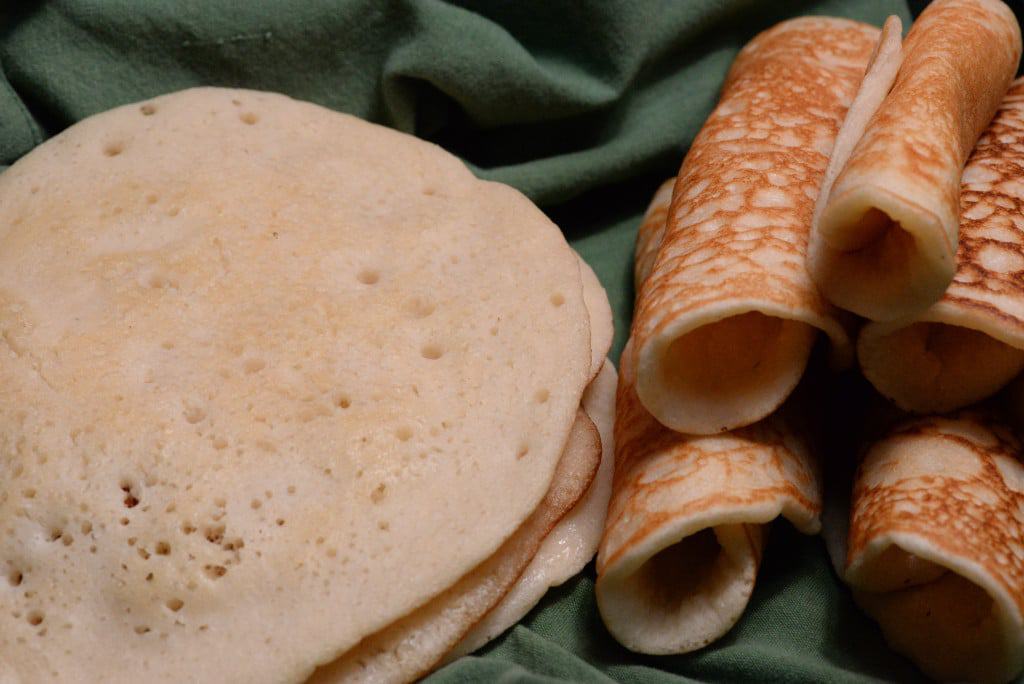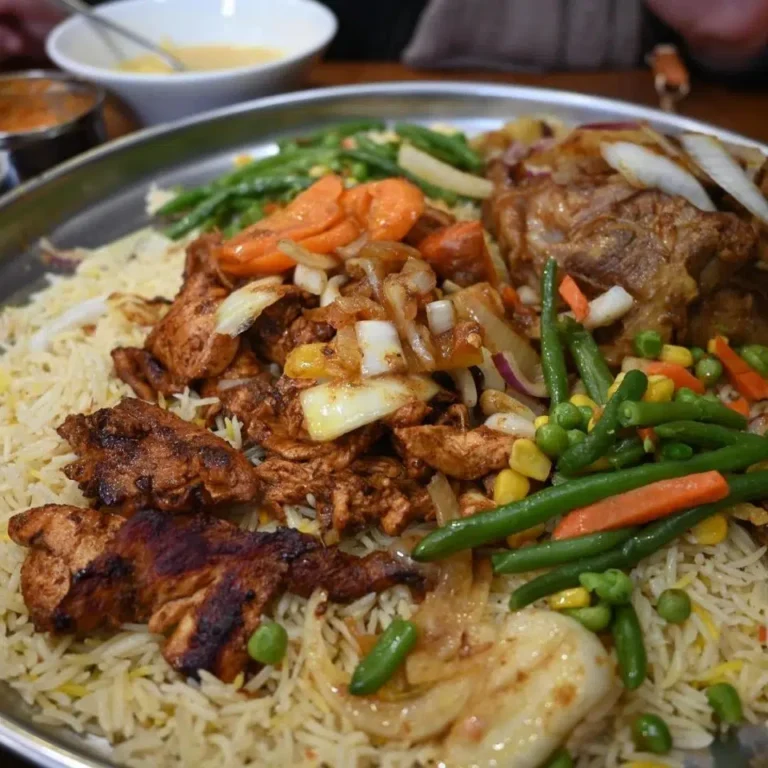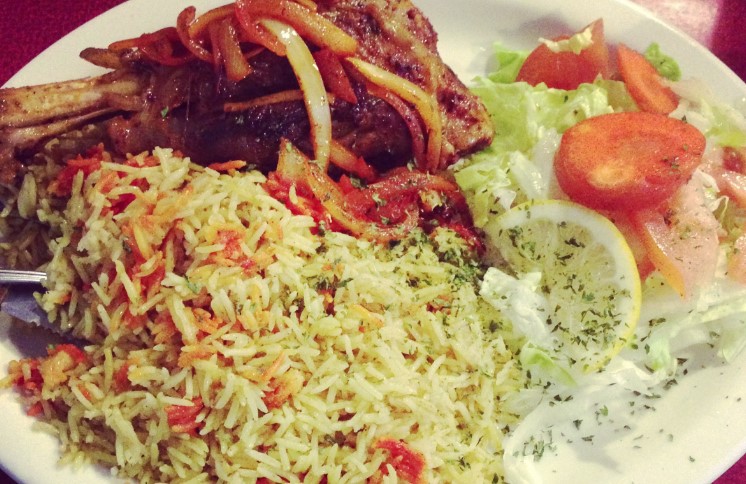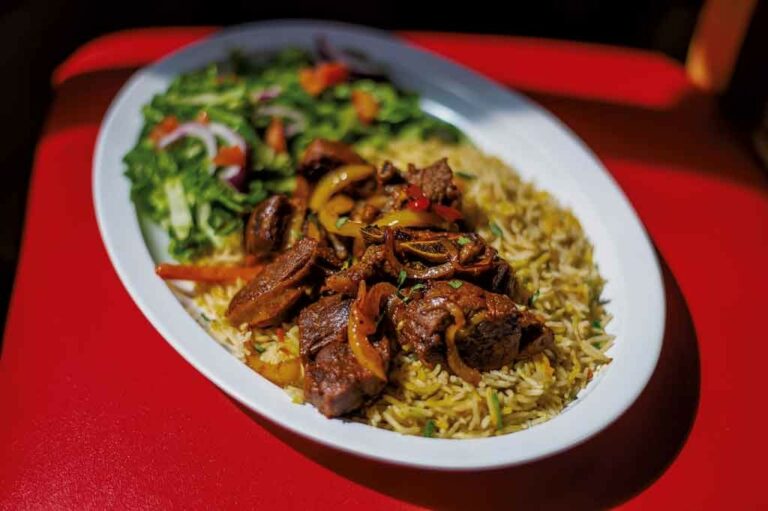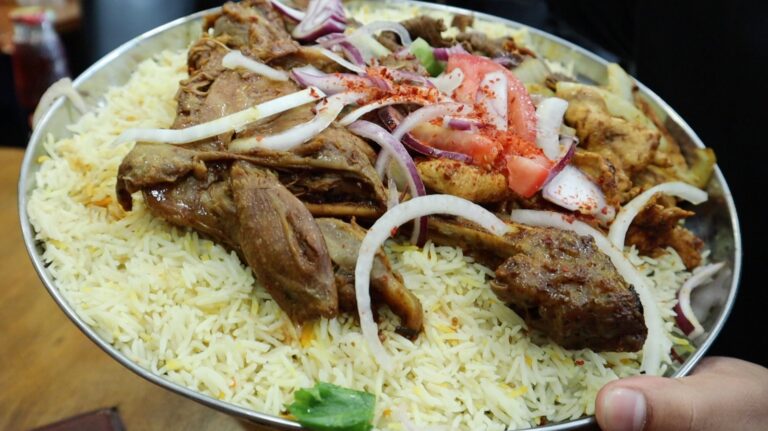Introduction: Djiboutian Cuisine
Djiboutian cuisine is a blend of Somali, Afar, and French influences due to its location in the Horn of Africa. Being a country of nomads, livestock and milk have always been a crucial part of their diet. Fish, seafood, and other meat are also widely consumed, and vegetables are mostly limited to tomatoes, onions, and peppers. The country’s cuisine is rich in flavor and spices, and each region has its unique traditions and dishes.
Somali Cuisine: Ingredients and Spices
Somali cuisine is primarily meat-based, with goat and camel being the most popular meats. Rice and pasta are commonly used as a staple, and vegetables like spinach, okra, and peas are also a part of the cuisine. Spices play a crucial role in their dishes, and some of the commonly used spices are cumin, coriander, cardamom, and cinnamon. Garlic and onions are also widely used as flavor enhancers.
Somali Influence on Djiboutian Dishes
Somali cuisine has had a significant influence on Djiboutian dishes, with some of the most popular dishes being canjeero, a Somali-style pancake, and suqaar, a dish made of diced meat, onions, and tomatoes. Both of these dishes are commonly consumed in Djibouti, with some variations. The use of spices like cumin and coriander is also prevalent in Djiboutian cuisine, which is borrowed from Somali cooking.
Afar Cuisine: Meat and Dairy-based Dishes
Afar cuisine is heavily influenced by the nomadic lifestyle of the Afar people who reside in Djibouti, Eritrea, and Ethiopia. Meat and dairy products like milk, cheese, and butter are the primary ingredients in their dishes. The most popular meat used in their cuisine is camel meat due to its availability and cultural significance. Millet is the most commonly used grain, which is used in making porridge.
Afar Influence on Djiboutian Cuisine
Afar cuisine has also had a significant influence on Djiboutian dishes, with some of the most popular dishes being shahan ful, a dish made of fava beans, onions, and spices, and lahoh, a type of sourdough pancake. Both of these dishes have their roots in Afar cuisine and are commonly eaten in Djibouti. The use of camel meat in some of their dishes is also borrowed from Afar cuisine.
French Cuisine: Breads, Pastries, and Wine
French cuisine has a significant influence on Djiboutian cuisine due to its colonization of the country in the 19th and 20th centuries. French bread, pastries, and wine are widely consumed in Djibouti and have become a part of their cuisine. Baguette, croissant, and pain au chocolat are some of the most popular French bread and pastry items that are consumed in Djibouti.
French Influence on Djiboutian Cuisine
French cuisine has had a significant influence on Djiboutian dishes, with some of the most popular dishes being bouillabaisse, a fish soup, and ratatouille, a vegetable stew. Both of these dishes have their roots in French cuisine and are widely consumed in Djibouti. The use of French bread and pastries is also prevalent in their cuisine, which is borrowed from French cooking.
Conclusion: Djiboutian Cuisine’s Diverse Roots
In conclusion, Djiboutian cuisine is a blend of Somali, Afar, and French influences due to its rich history and location in the Horn of Africa. The cuisine’s use of meat, spices, and grains is borrowed from Somali and Afar cooking, while French bread, pastries, and wine have become a part of their cuisine. Djiboutian cuisine’s diverse roots make it unique and flavorful, and it is a representation of the country’s rich cultural heritage.

